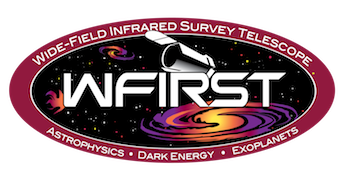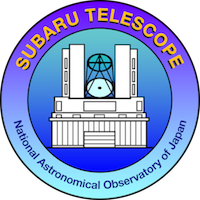
About The Conference
Objectives
WFIRST is one of the NASA flagship missions which is scheduled to launch in 2025. WFIRST will tackle the nature of dark energy through the near infrared (NIR) wide field High Latitude Imaging and Spectroscopic Survey, and deep Type Ia Supernovae (SNe) Survey. WFIRST also studies cold exoplanets through Microlensing Survey, which is expected to complete the exoplanet census Kepler started for hot and warm planets. In addition, the Coronagraph Instrument will be equipped as a technical demonstration instrument, aiming at direct observations of exoplanet systems with high-contrast imaging.
Subaru Telescope is the Japanese 8.2m telescope at the summit of Mauna Kea. The telescope has advantages of the wide-field observational capability as well as the superb image quality and stability that is both essential in wide-field systematic observations as well as high contrast observations. In the coming decade, in addition to HSC which is currently used to carry out the wide-field imaging survey, PFS for wide-field spectroscopy, IR Doppler Spectrograph (IRD), and instruments with SCExAO are expected to be equipped to keep the facility one of the most competitive in many science fields.
JAXA and NASA discussed about the potential contribution of Japan for the WFIRST project. One of the significant aspects discussed so far is to carry out the Subaru-WFIRST Synergistic Observations to benefit both WFIRST project and the Subaru science community. Intensive discussions have been made in Japan for the last three years and now NAOJ supported by the enthusiasm of Japanese opt/IR community is ready to commit to reserve ~100 nights at around 2025 for the WFIRST-Subaru Synergistic Observations program.
We had the kick-off meeting last year to discuss and identify the most valuable way to use the committed Subaru nights. The purpose of this second workshop is to present more specific plans for the Subaru time by intensive discussion on each of the central science observations by WFIRST (HL Survey, SNe Survey, µlens Survey and Coronagraph Observations) as well as the highlighted topics in Guest Observers time and time domain astronomy.
U.S. participation (or non-Subaru participation) is limited to members of the WFIRST science investigation teams nominated by the FSWG and working group chairs, and NASA HQ.
Main Topics
- WFIRST High Latitude Survey and related science
- WFIRST Supernova Survey and related science
- WFIRST Microlensing Survey and related science
- WFIRST Coronagraph and related science
- WFIRST Guest Observatory
Important Dates
| Registration opens: | October 24 |
| Deadline for travel support: | November 17 |
| Registration closes: | December 7 |
| Workshop: | December 17-18 |



